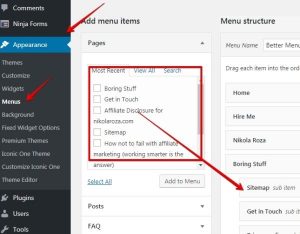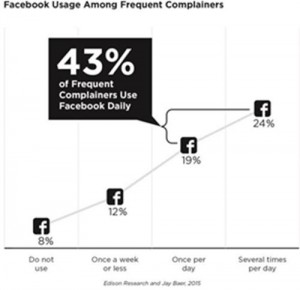As the weather starts to cool, merchandisers’ thoughts turn to Black Friday, the day after Thanksgiving, while online sellers are more interested in Cyber Monday, three days later. Then comes the whole Christmas shopping frenzy, and the post-Christmas bargain hunting. In all cases, getting your inventory right can make the difference between a profit or loss for the whole year.
Merchandisers have been busy planning their holiday inventory since August, or earlier. That’s important, but how do they get the numbers right? Brick and mortar stores need to know what and how much inventory is needed for each location. Online merchandisers must have enough inventory to withstand the blizzard of last minute shopping that occurs when consumers can’t find what they are looking for at retail locations.
Make the right prediction, and you’ll sell out most of your inventory without too many stockouts. Predict unwisely and you may be sitting on a ton of unsold merchandise in January, or empty shelves in mid-December.
The biggest part of the answer is data, and the software that makes sense of the data. We’re talking about programs that track sales of certain products over time at certain locations, applies information about buying trends, selling strategies, margin requirements and so forth, and then provides an estimate of inventory requirements by product and location.
The program is run iteratively as new data becomes available, so that retailers can make late adjustments if needed. For example, a weather event during the holidays may shift supply/demand balances in the affected area. Changes in consumer spending, safety recalls, economic disruptions and many other factors can influence inventory requirements.
Predictions aren’t too useful if you can’t implement them. One of the biggest problems is financing. If you predict a 20 percent increase in required inventory levels, you’ll need the money to pay for extra goods. A small business loan could help you organize your finances before the holidays!
The next step of the process is to establish milestones and set goals. Products have to be ordered, received and stored according to strict timetables that depend on your predicted inventory needs. Knowing in detail what you will need and when you will need it allows you to begin shopping around for low-cost suppliers and carrier services. If you have a good relationship with a carrier, you can leverage it by agreeing on moderately higher rates for preferential treatment during the holiday peak.
Of course, knowing what you’ll need to store and transport can help you plan your capacity and logistics. You may need to lease additional warehouse or storage space for the holiday season. This is a critical decision, because it affects how efficiently trucks can be used to deliver goods to retail locations and/or customer locations. There are supply chain consultants that can help you manage logistical challenges during the holiday season.
Another area of concern is any additional labor that will be required to satisfy requirements to order, store, deploy and sell merchandise in an optimal fashion. You may have to recruit and train temporary workers to support inventory operations. If you own a small, single store, you might just need one or two temporary workers, but a larger operation may affect warehouse operations like picking and sorting.
Finally, you need to manage your store so that consumers can locate hot items quickly. You must also put aside enough space to receive and deploy daily shipments of new goods. Of course, you’ll also want to evaluate your store staff and hire extra cashiers or stock clerks as required.
Business & Finance Articles on Business 2 Community(25)
Report Post






